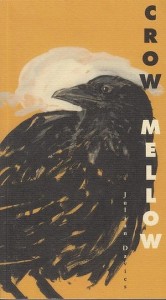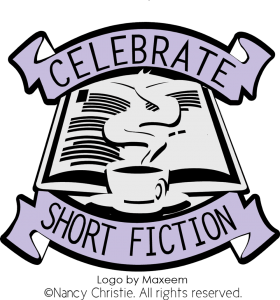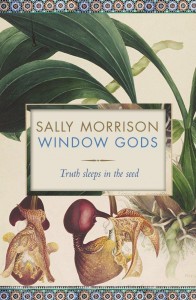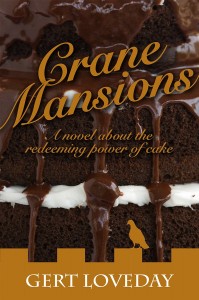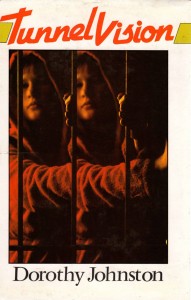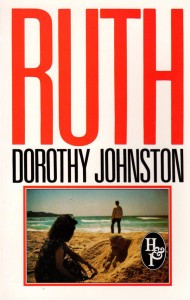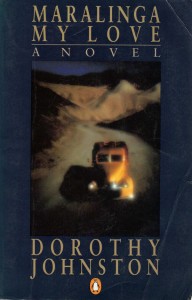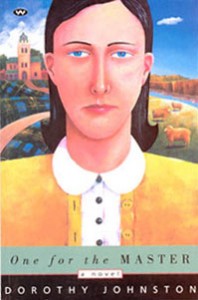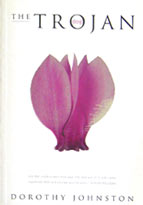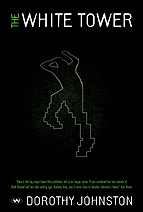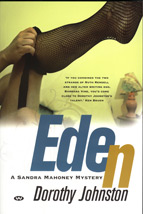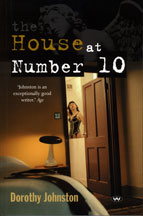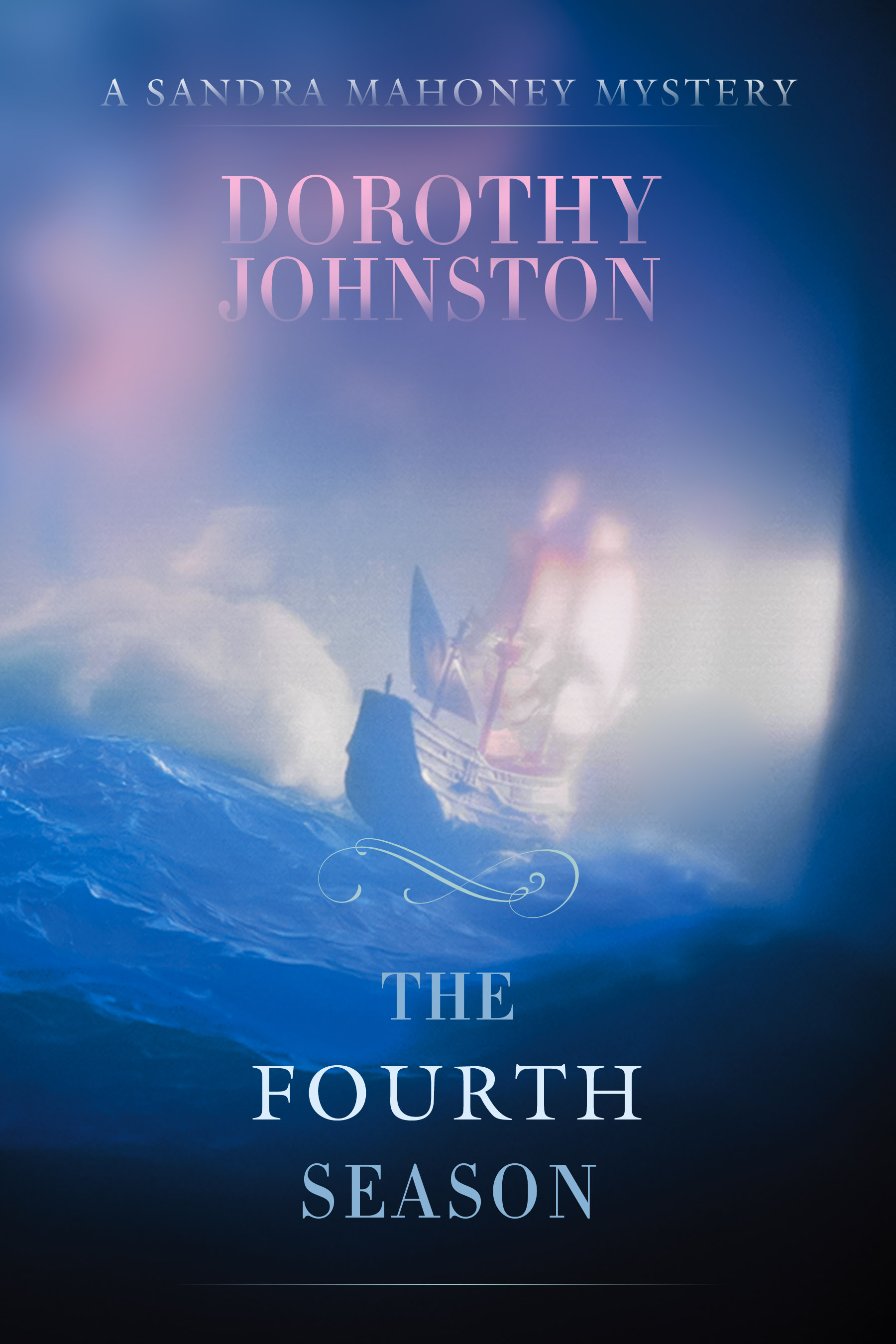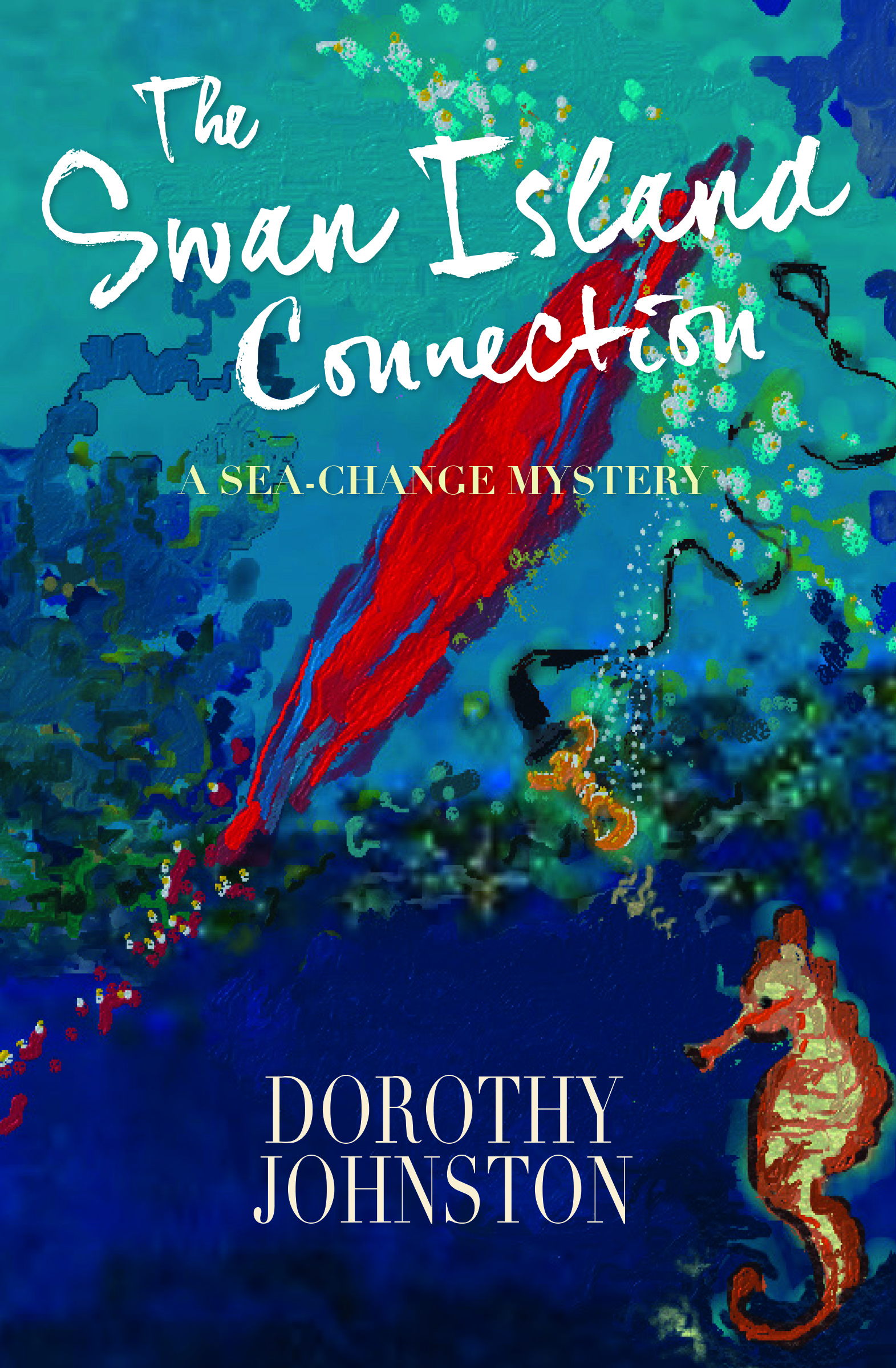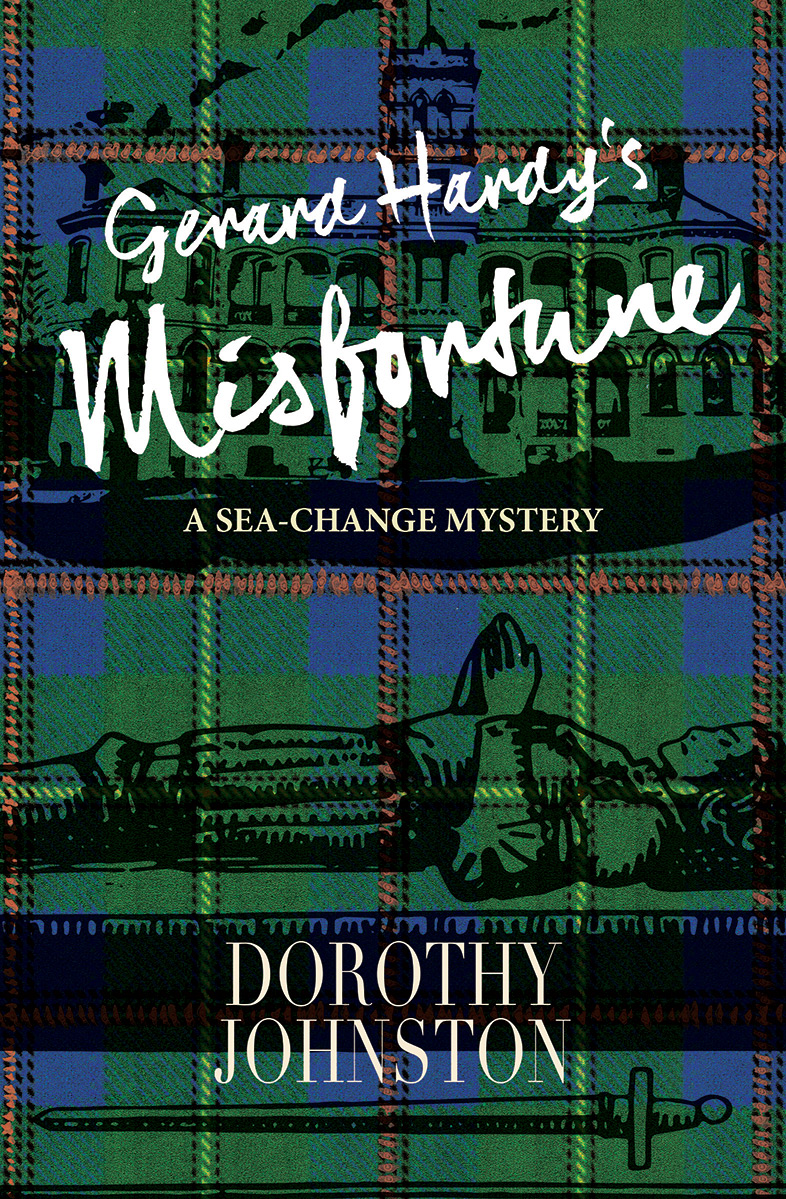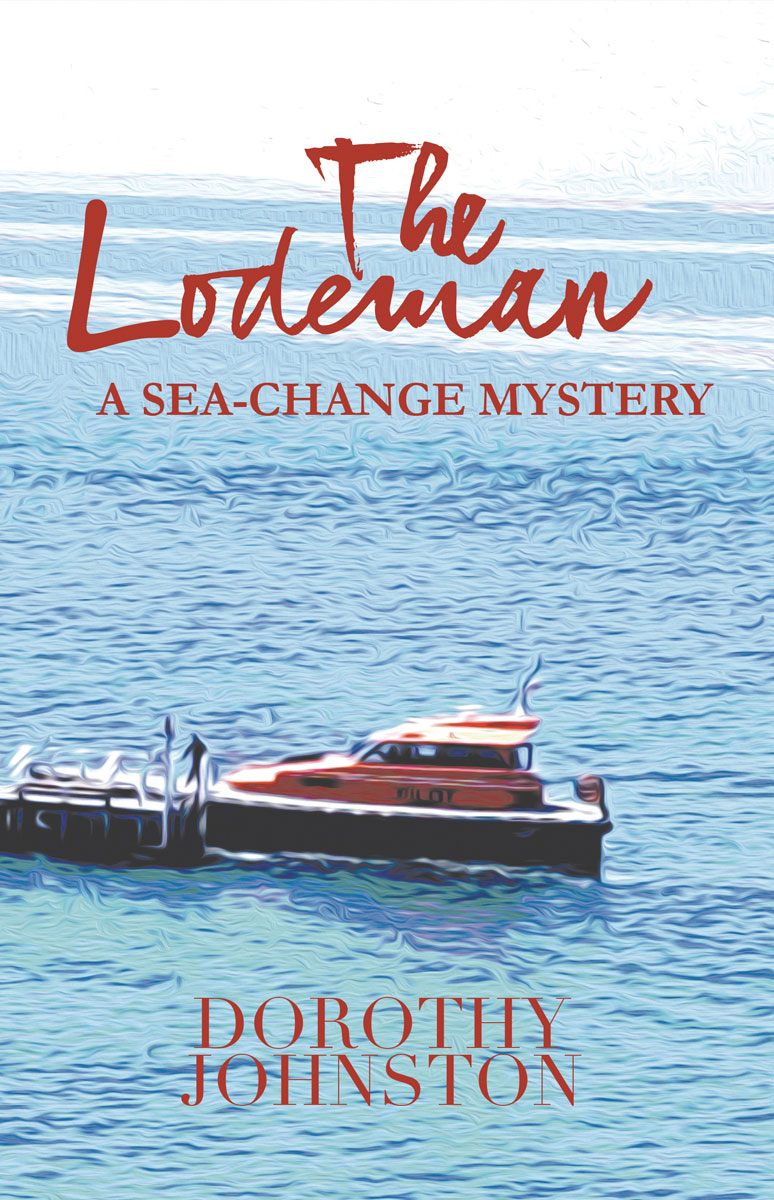I do admire the versatility of authors who straddle different modes of writing which, taken at face value, might seem to clash with one another. And I admire particularly, since this is my own weakness – strength? – those who produce both literary and crime fiction. Some, like George Johnston, did it to make money. Who remembers Johnston these days for the five detective novels he wrote under the pseudonym Shane Martin? Others write crime fiction as a collaborative effort, for example John Clanchy and Mark Henshaw. Still others split their writing selves into disparate parts, John Banville writing crime as Benjamin Black, for instance.
I wonder how they feel about it, whether it’s easy for them to put on a different hat. It’s not just easy for me; it’s delightful. I wonder whether choosing a playful pseudonym helps. (Shane was George Johnston’s sister and Martin his son.) I’ve never felt the need for a pen name, just as I’ve never felt the need to invent place names for my settings.
Which brings me to my latest – the start of a sea-change mystery series set mainly in Queenscliff on Victoria’s Bellarine Peninsula. The first book is called Through A Camel’s Eye and I’ve had such fun with it! It’s to be published by For Pity Sake in April 2016. You can read a full synopsis on the sea change mystery page, under Fiction. Suffice to say here that it starts with the theft of a camel, and moves on to a missing tourist ….
Thanks to the incomparable Scarlett Rugers for the cover design.
My review of Crow Mellow was published in the Fairfax Press today.
The back cover blurb consists of two sentences. ‘This book is a novel. It has drawings on every page.’
While only the name of the writer, Julian Davies, appears on the front cover, Phil Day’s drawings are an essential part of the reading experience, and so I think it’s fitting to include both names in the title of this post.
Most often, the drawings surround the text; sometimes an illustration occupies a whole page, and half of the adjoining one, so that the words are nestled within it. Of course, this kind of reading experience is familiar to us from children’s picture books.
Day’s drawings are often ironic, sharp, and poke fun at themselves as well as the fictional characters they depict. Since I’m writing this post on January 10, 2015, I can’t help being aware that any cartoon or satirical illustration has acquired a whole new depth of resonance this week, and will probably retain it for quite a long time to come.
Who is being satirised in Crow Mellow? As I say in my review, it’s a bunch of people staying in a rich man’s country house. Crow Mellow is modelled on Aldous Huxley’s debut novel, Crome Yellow, published in 1921. Davies’ protagonist echoes Huxley’s – an aspiring writer beset by self-doubt. In both books, the wealthy host is writing a family history. There is a beautiful young woman with whom the protagonist is in love, and a bitter, wordy individual, who acts as a kind of chorus, in the tragic sense, to the mostly frivolous proceedings.
In an interview with Sally Pryor, Julian Davies talks about writing and publishing these days, and in particular Finlay Lloyd, which he established as a non-profit publishing venture in 2005, initially as a partnership with four people.
‘”The thing I realised is what a hidebound set of conventions book publishing is bound by, and literary people don’t even think about it,” (Davies) says. “And sadly, often literary people aren’t very visual and most books are horribly over-designed. Even the better publishers, the books are so covered with gumph because everyone’s so scared of their book not selling. They cover it and smother it, and there’s no room for designers to really design.”‘
‘By the time Davies had become fed up with mainstream publishers, Phil Day and his then-partner were already producing handmade books in small editions as Finlay Press in Braidwood. With Davies, they decided to start publishing books together, and their great friend, the artist Robin Wallace-Crabbe, was also keen to be involved. But eventually Day and his partner split up, Wallace-Crabbe drifted away from the process, leaving Day and Davis to their own joyful devices.’
Pryor’s interview is informative and interesting, well worth reading in its entirety. As is Crow Mellow. I’m just sorry I’m not clever enough to be able to scan a double page of the story, plus illustrations, for this post.
My review of Window Gods was published in the Fairfax press today. Though on the surface, and at the start, it appears to be a straightforward ‘novel of manners’, Window Gods turns out to be a surprising, many-layered book.
There’s a lot about art and artists – visual, literary, botanical – here’s a quote that has stayed with me and that I didn’t have the space to include in my review:
‘…the hypothesis with which the artist is stuck is the lifelong nub against which talent writhes like a cat possessed. You have to stick with the nub despite fashion and fortune – or never produce a body of work. Too bad if your idea is bad or infantile, or proves to be a cul de sac or something that happens before its time. Art is a never-ending fascination with perception. It’s facile to say all people are artists; artists are those who embrace the nub and never give it up.’
I’ve just come across a brilliant prose poem, ‘The Ships’ by Constantine Cavafy. Judging by the number of English translations on the official Cavafy website, the work is well known, but I’m glad to have found it, if a trifle later in life!
This photograph of the poet dates from around 1900.
The Ships
‘From Imagination to the Blank Page. A difficult crossing, the waters dangerous. At first sight the distance seems small, yet what a long voyage it is, and how injurious sometimes for the ships that undertake it. The first injury derives from the highly fragile nature of the merchandise that the ships transport. In the marketplaces of Imagination most of the best things are made of fine glass and diaphanous tiles, and despite all the care in the world, many break on the way, and many break when unloaded on the shore. Moreover, any such injury is irreversible, because it is out of the question for the ship to turn back and take delivery of things equal in quality. There is no chance of finding the same shop that sold them. In the marketplaces of Imagination, the shops are large and luxurious but not long-lasting. Their transactions are short-lived, they dispose of their merchandise quickly and immediately liquidate. It is very rare for a returning ship to find the same exporters with the same goods…’ More
The prose poem is a wonderful evocation of the imagination as a ship and well worth reading in its entirety.
Constantine Cavafy was a Greek poet who lived most of his life in Alexandria and whose poetry went largely unrecognised in Greece during his lifetime. One of his best known poems is Waiting For The Barbarians.
Gert Loveday had done it again with another wild, whacky and delicious comic novel.
Writing Is Easy, Gert’s debut novel, is a marvellous send-up of a writing workshop and the people to attend and run it. Crane Mansions, the place, is a school for foundlings – literally babies left in baskets – presided over by Dr Crane, who is obsessed by pigeons and has created an entire philosophy built around observing them. Crane leaves the running of the school to evil Marcel Hogue and a group called the Leaders. The children, the Learners, are half-starved and bullied, made to parrot nonsensical Texts, Precepts and Axioms, and punished for failing to interpret them correctly.
This sounds grim, and on one level it’s meant to be – a satire on the worst kind of boarding school. Like all good satirists, Gert exaggerates in order to make her point, and we laugh at the ridiculous posturings of the so-called teachers, and the pupils’ schemes to get the better of them, one way or another.
But Crane Mansions is more than a simple or straight-forward satire; it has at its heart a humanity and warmth that many satires lack. Milly Lord is apparently an indigent foundling like all the other children, though she arrives as a seven-year-old rather than a baby. Milly has memories of another life, and is wise and imaginative as well. She responds to Crane’s kindness, manifested at first by offerings of cake and a willingness to listen, and gradually the whole, cruel edifice of the school begins to crumble.
The cast of humorous villains includes Trish Vowles, out to swindle Milly if she can, her partner Sam, who, in an attempt to win her back turns himself into a furiously sun-tanned and bewigged buffoon, and Eustace Pugh and Sybilla Shaw, who start off on the side of the villains but are redeemed in time.
The cover tag line reads ‘a novel about the redeeming power of cake’ and while this is obviously a joke, it also holds its own kind of truth. Crane Mansions, while sending itself up continually, and tying itself in knot after knot, is redemptive in ways that only a special kind of comedy can be. So that even the crazy Thoughts of the headmaster come to mean more than they appear to, and the Pageant at the end becomes a celebration of human ingenuity and irrepressible sense of fun.
* Gert Loveday is the pen name of writing duo Gabrielle Daly and Joan Kerr
Crane Mansions is available for sale on Amazon
This year I was privileged to judge the Barbara Jefferis Award, together with Margaret Barbalet and Georgia Blain. Actually, the award was for two years, 2013 and 2014. There were 72 entries from 32 publishers, plus a small number of self-published novels.
Here is our shortlist:
Amy Espeseth: Sufficient Grace (Scribe)
Tracy Farr: The Life and Loves of Lena Gaunt (Fremantle Press)
Jacinta Halloran: Pilgrimage (Scribe)
Margo Lanagan: Sea Hearts (Allen & Unwin)
Fiona McFarlane: The Night Guest (Penguin Books)
Margaret Merrilees: The First Week (Wakefield Press)
Drusilla Modjeska: The Mountain (Vintage Books)
A further novel was highly commended: Laura Buzo: Holier Than Thou (Allen & Unwin)
Barbara Jefferis was a feminist, a founding member of the Australian Society of Authors and its first woman president. (See my earlier post about her and the award.)
Judging the award was a lot of fun, but hard, because there were many sparkling contenders. One thing that stands out for me about our shortlist is that the books on it couldn’t be more different – apart from the quality of the writing, of course.
The Mountain is an ambitious, panoramic novel spanning the years since Papua New Guinea gained independence, while The First Week, as its title suggests, takes place over only a few days, with a small cast of characters. Sea Hearts is a fantasy novel, and The Night Guest rubs shoulders with the surreal. Jacinta Halloran explores ethical and emotional dilemmas within a realist framework, as does Tracy Farr.
By referring to genre categories, I don’t want in any way to diminish the originality of the shortlisted books, but to point out their diversity.
Another interesting point to note is that, out of seven shortlisted titles, four were published by small (or small to medium-sized) publishers, although by far the greatest number of entries were submitted by the ‘big names’ – Penguin, Random House, Allen& Unwin and so on. In making our selection, we didn’t discuss publishers at all, and it’s only now, in writing this post, that the comparison has occurred to me.
I’ll have more to say about the shortlist, but I wanted to end this post on a personal note. The award entries I’ve been reading and thinking about over the last two and a half months are associated for me with the places I read them. I live near the sea and often sat with a favourite view of Port Phillip Heads and two or three novels beside me. At other times the wind was cold, and I found a sheltered spot by the mouth of the Barwon River.
Then, as my friends who read this blog will know, my mother became ill. (She died on July 30.) I took books to the hospital to read. I couldn’t stand staring at the walls, and it didn’t seem to be any kind of insult to my mother, who loved reading and had considerable success herself, with poetry and short stories. It’s a strange kind of accident, I suppose, but some of the entries – I won’t name them – will be forever linked for me with wards and nurses and a morphine drip.
A few weeks ago I began drafting a post about the difficulties of ending novels. I was going to talk about the problems I perceived both as a writer and a reader, and how I often lay in bed after finishing a book, wondering why it had to end in just that way.
But then my mother died. Two weeks ago today, early in the morning, I got the call to say she’d passed away in the middle of the night. Ivy Johnston was 94 years old. She caught pneumonia and the doctors said that she could not recover. But then she seemed to rally, and for five days hung between life and death. Not a long time. Not long compared to many.
I’m looking now at the thoughts I’d set down on fictional endings, the points I wanted to make about aesthetics, the comparisons between musical and written language. They seem trivial and silly – yet maybe not entirely so.
I was going to compare the ending of a piece of music with a work of prose fiction or a poem, and try to capture the feeling I have when learning a piece on the piano, of looking forward to the end. When my fingers are just beginning to grasp what is required of them, when finger memory is just beginning to take hold, I begin to anticipate returning to the home key. I long for this, and the comfort of knowing that it’s there.
The home key marks the ending of a journey. But it must be the right ending and the right return. I hate aesthetic endings that come cheap, but with the ending of a real life, can this ever be said to happen?
I began playing the piano again after my father contracted Alzheimer’s. (He died in 2001.) It’s often observed that musical memory is retained after other kinds are lost. I set down my own thoughts about this once in an essay.
The truth is, I don’t yet believe that my mother has gone. I feel as though these last few weeks have been some kind of weird rehearsal and that we’ll all do better next time. When I wrote this in an email to a friend, she replied, ‘But you’ve only got one mother’. By ‘rehearsal’ I didn’t mean that another mother would step in and take over, but that mine was only practising for being dead.
On the second of those five days spent waiting in the hospital, my daughter burst into the ward, the way the sun bursts, or a sudden shower, carrying a big bunch of daphne, and my mother, her grandmother, opened her eyes and smiled.
‘These fragments have I shored against my ruins’
What a weight that verb ‘shored’ has to bear. How courageously it does so!
A Facebook page titled ‘Queenscliff Ghost Tours’ includes the following information: ‘The Royal Hotel Queenscliff, built 1853, is known to be haunted by at least half a dozen ghosts..’
On another website, I found this testimony, written by a ten-year-old boy.
As I walked down the stairs with Terry, my ghost tour guide, I could feel the floorboards sagging beneath me, and the floorboards groaning above. When we reached the bottom step, we didn’t realise that the cellar of the Royal Hotel in Queenscliff, was actually once a morgue..
Terry told us what had happened one day when two men came down into the bar for a drink. They ordered their drinks and the bartender brought them over to the table they were sitting at. They were about to pick up their beers when they heard girls giggling and the next thing they knew, their beers were knocked off the table and smashed on the floor. It is known that the ghosts are the two young daughters of the Leigh family, who sadly drowned nearby and were stored in the basement overnight before their journey to Geelong, a day’s horse and cart ride away. It is believed that during this time their spirits escaped and now haunt the hotel running along corridors and giggling into the night.
Terry also told us about other ghosts, which inhabit the hotel, like the little girl who also sadly drowned in a natural well under the hotel. The well was bricked off, but sometimes a child’s footsteps are seen in the sand near where the well was located.
As well as being Queenscliff’s first morgue, the Royal was also a mental asylum for some years. The basement windows, small and high up, are still barred.
I’m currently writing a mystery novel about a Henry Handel Richardson scholar found strangled in the Royal’s basement. Henry Handel Richardson was a spiritualist, as was her father, Walter.
I’m having a lot of fun with my characters, which include a formidable psychic and tarot card reader; the present owner (fictionalized of course) of the house where HHR lived as a small girl; and the local police constable, who is, not to put too fine a point on it, out of his depth.
My favourite ‘Royal’ ghost has not been mentioned so far. It’s that of a young woman who jumped to her death from the hotel’s tower.
Here’s how I write about her in the novel, (working title Gerard Hardy’s Misfortune). My constable’s name is Chris Laker.
‘Before long, Chris supposed, someone would write a social history of Queenscliff, and include the Royal. The murder in the basement would become part of the town’s folklore, joining the story of the woman who’d jumped in despair from the window he was standing in front of now.
Every day for weeks, this woman – Chris had no name for her, but no doubt the social historian would dig it up – had climbed the tower stairs to watch for the ship bringing her lover to Australia. It was before the days of steam. According to the versions Chris had heard – they differed in detail while remaining essentially the same – the woman had been allowed into the tower to watch. Apparently the staff had taken pity on her, but then she’d decided to stay there.
The staff had tried to coax her down, then fed her, made sure she had enough to drink. Then one night, perhaps spent and exhausted, perhaps driven to the last threads of self-control by worry and frustration, seeing at last the ship sailing through the heads, and knowing for certain that her lover wasn’t on it, she’d thrown herself from the window and smashed her body on the street below.
Chris decided that he liked this story. He liked the fact that he knew only the bare bones of it, and how there was probably a similar story for every on-the-surface-dull Australian country town. He liked how the nameless woman might have been a mental patient, kept in the basement behind barred windows; yet she hadn’t been. She’d climbed the tower of her own free will. The staff had let her keep her vigil and they’d tried to help. He thought it said something about a raw frontier town, and also about kindness.’

